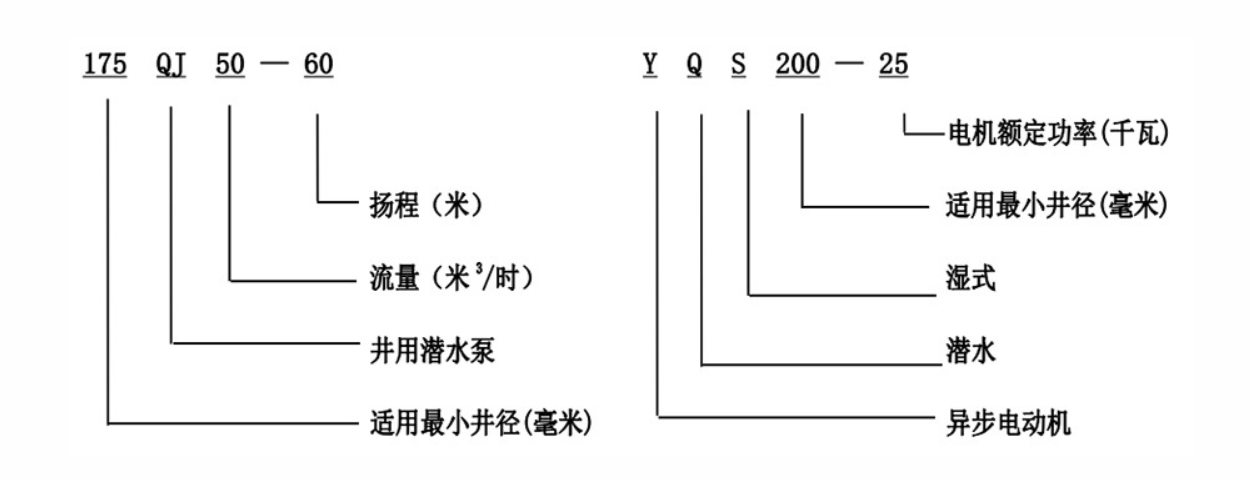Dec . 05, 2024 01:15 Back to list
submersible pump and hose
Understanding Submersible Pumps and Hoses A Comprehensive Overview
Submersible pumps and hoses are vital components in a range of applications, from irrigation systems to wastewater management. As technology advances, the demand for efficient, reliable, and versatile pumping solutions continues to rise. This article aims to provide a comprehensive overview of submersible pumps and hoses, highlighting their functions, advantages, and various applications.
What is a Submersible Pump?
A submersible pump is a type of pump that is designed to be submerged in a liquid, typically water. Unlike standard pumps that pull water up from a source, submersible pumps operate by pushing the fluid to the surface. This design is crucial for a variety of applications, as it minimizes energy consumption and maximizes efficiency.
Submersible pumps are usually constructed with a hermetically sealed motor that is positioned below the fluid level, which protects them from damage. Typically used for draining, dewatering, or pumping water from wells, these pumps are available in various sizes and capacities to suit specific needs. Their robust design allows them to handle solids and sediments, making them ideal for both clean and dirty water applications.
The Function of Hoses in Pump Systems
Hoses play a critical role in a pumping system, acting as conduits that transfer the pumped fluid to its desired location. When paired with submersible pumps, hoses need to be durable, flexible, and resistant to various environmental factors. The choice of material for hoses can vary, with options including PVC, rubber, and polyurethane, each offering different degrees of flexibility, temperature resistance, and abrasion properties.
The right hose selection is crucial for ensuring that the liquid can be transported efficiently without leaks or failures. Additionally, hoses often come with connectors and fittings that allow for easy attachment to pumps and other equipment. Using high-quality hoses can significantly enhance the overall performance of a submersible pump system.
Advantages of Submersible Pumps
submersible pump and hose

1. Efficiency Submersible pumps are designed to be highly efficient, especially in applications where lifting water to the surface would consume excessive energy. By pushing water directly to the surface, these pumps can reduce energy costs significantly.
2. Versatility Due to their design and functionality, submersible pumps can be used in a variety of settings, including residential, commercial, and industrial applications. Whether it’s irrigating a garden, draining a flooded basement, or extracting groundwater, these pumps are designed to handle diverse tasks.
3. Space-Saving Design The compact nature of submersible pumps allows them to be installed in tight spaces. They can be easily submerged within tanks, wells, or reservoirs, minimizing the need for substantial surface equipment.
4. Durability Constructed with robust materials that withstand harsh conditions, submersible pumps are designed for longevity. They can operate continuously in high-pressure environments without losing their performance capabilities.
Applications of Submersible Pumps and Hoses
Submersible pumps and hoses are employed across a wide range of industries and applications
- Water Supply and Wells Ideal for drawing water from deep wells or aquifers, providing a reliable source of clean drinking water. - Irrigation Systems Commonly used in agriculture to irrigate crops, providing a steady water supply even during dry spells. - Construction Essential for dewatering construction sites, ensuring that the area remains dry and safe for workers. - Wastewater Management Employed in sewage systems to pump wastewater from homes and buildings to treatment facilities. - Flood Control Used in emergency situations to pump out water from flooded areas, helping to mitigate damage.
Conclusion
In summary, submersible pumps and hoses are integral components in various water management applications. Their efficiency, versatility, and durability make them ideal for tackling both clean and dirty water scenarios. By understanding the functionality and benefits of these systems, users can make informed decisions that enhance their pumping operations. As technology progresses, we can expect further innovations in the design and efficiency of submersible pumps and hoses, ultimately improving the effectiveness of fluid management solutions in our everyday lives.
-
Submersible Water Pump: The Efficient 'Power Pioneer' of the Underwater World
NewsJul.01,2025
-
Submersible Pond Pump: The Hidden Guardian of Water Landscape Ecology
NewsJul.01,2025
-
Stainless Well Pump: A Reliable and Durable Pumping Main Force
NewsJul.01,2025
-
Stainless Steel Submersible Pump: An Efficient and Versatile Tool for Underwater Operations
NewsJul.01,2025
-
Deep Well Submersible Pump: An Efficient 'Sucker' of Groundwater Sources
NewsJul.01,2025
-
Deep Water Well Pump: An Efficient 'Sucker' of Groundwater Sources
NewsJul.01,2025
-
 Submersible Water Pump: The Efficient 'Power Pioneer' of the Underwater WorldIn the field of hydraulic equipment, the Submersible Water Pump has become the core equipment for underwater operations and water resource transportation due to its unique design and excellent performance.Detail
Submersible Water Pump: The Efficient 'Power Pioneer' of the Underwater WorldIn the field of hydraulic equipment, the Submersible Water Pump has become the core equipment for underwater operations and water resource transportation due to its unique design and excellent performance.Detail -
 Submersible Pond Pump: The Hidden Guardian of Water Landscape EcologyIn courtyard landscapes, ecological ponds, and even small-scale water conservancy projects, there is a silent yet indispensable equipment - the Submersible Pond Pump.Detail
Submersible Pond Pump: The Hidden Guardian of Water Landscape EcologyIn courtyard landscapes, ecological ponds, and even small-scale water conservancy projects, there is a silent yet indispensable equipment - the Submersible Pond Pump.Detail -
 Stainless Well Pump: A Reliable and Durable Pumping Main ForceIn the field of water resource transportation, Stainless Well Pump has become the core equipment for various pumping scenarios with its excellent performance and reliable quality.Detail
Stainless Well Pump: A Reliable and Durable Pumping Main ForceIn the field of water resource transportation, Stainless Well Pump has become the core equipment for various pumping scenarios with its excellent performance and reliable quality.Detail
